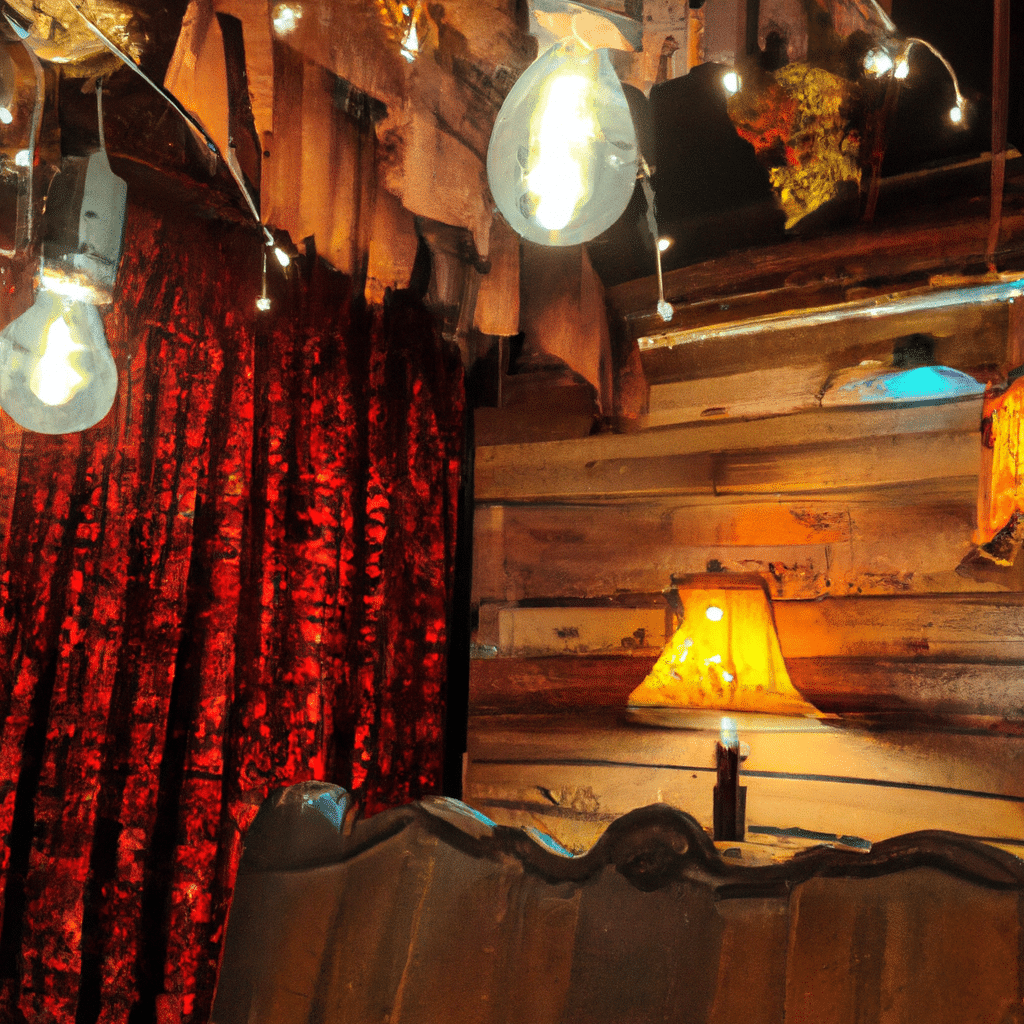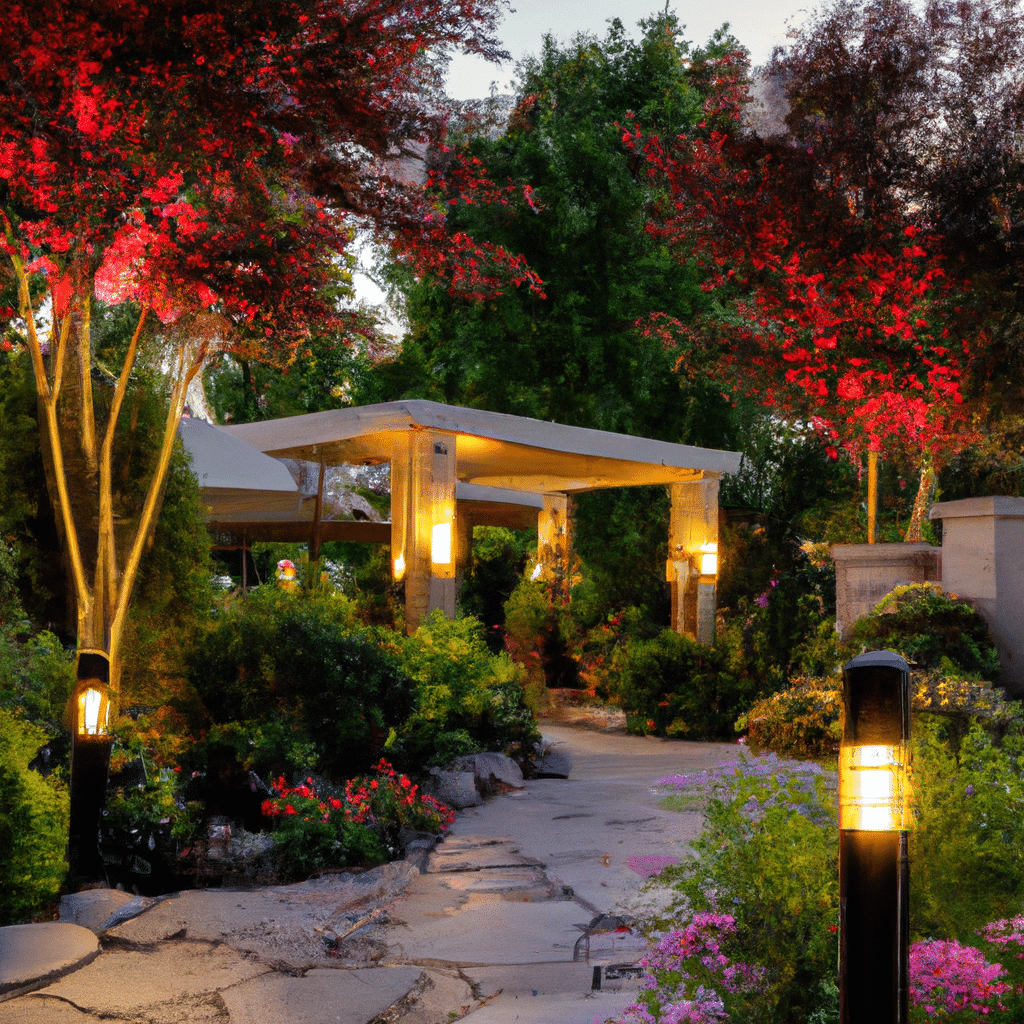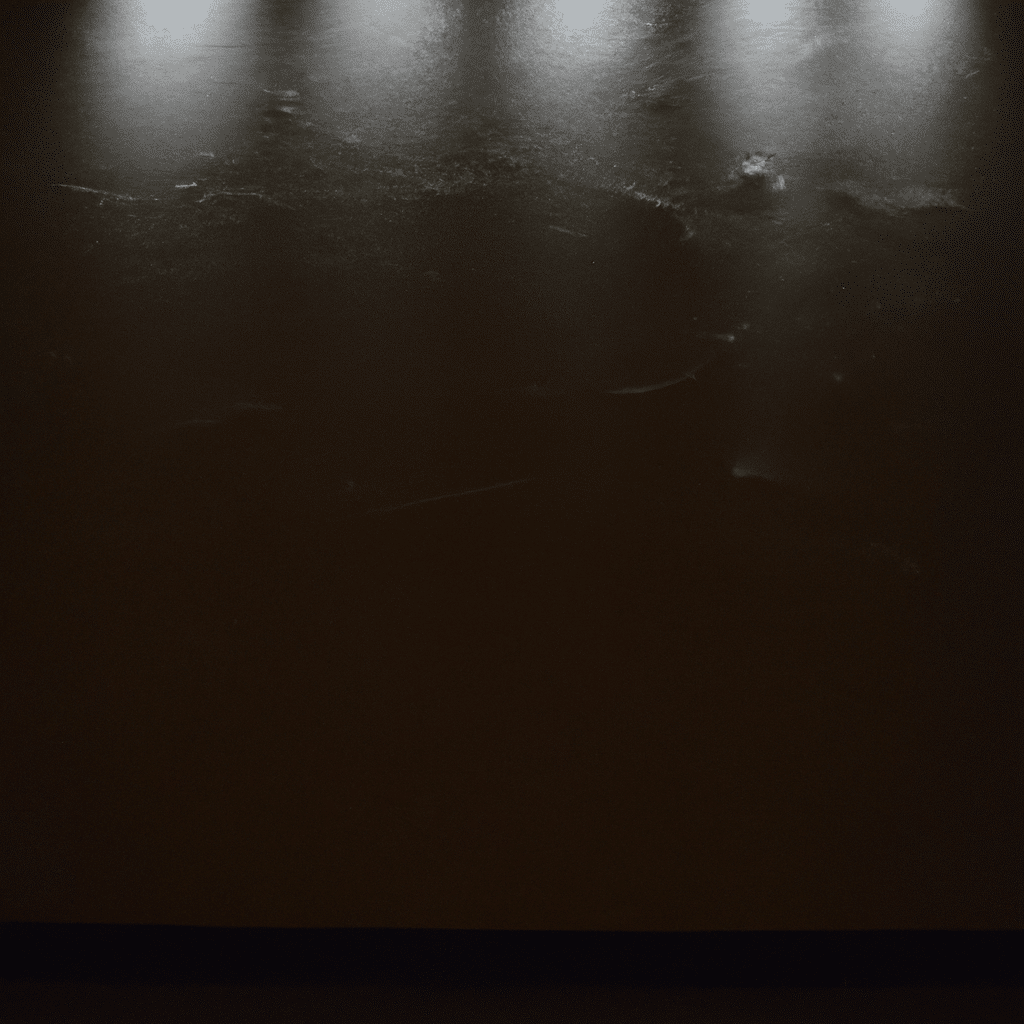
If you want to create an inviting and comfortable living space, lighting is one of the most important factors to consider. Lighting can completely transform the look and feel of a room, and it’s essential to understand the basics to create a well-lit and welcoming atmosphere. In this comprehensive guide, we’ll explore the different types of lighting, how to choose the right bulbs, and how to create a lighting plan that enhances your space.
Understanding the Different Types of Lighting
Before you start selecting light fixtures and bulbs, it’s important to understand the different types of lighting. There are three main types of lighting: ambient, task, and accent lighting.
Ambient Lighting
Ambient lighting is the primary source of light in a room and provides a general, overall illumination. It’s usually provided by ceiling-mounted fixtures, such as chandeliers or recessed lights. Ambient lighting should be diffused and even, so it doesn’t create harsh shadows or glares.
Task Lighting
Task lighting is focused lighting that’s used for specific activities, such as reading or cooking. Task lighting should be bright and focused, and it’s usually provided by desk lamps, floor lamps, or under-cabinet lights in the kitchen.
Accent Lighting
Accent lighting is used to highlight specific features or objects in a room, such as artwork or architectural details. Accent lighting should be directional and focused, and it’s usually provided by track lighting or wall-mounted fixtures.
Choosing the Right Bulbs
Once you’ve determined the type of lighting you need, it’s time to choose the right bulbs for your fixtures. There are many different types of bulbs available, each with their own pros and cons. Here are some of the most common types of bulbs:
Incandescent Bulbs
Incandescent bulbs are the traditional, warm, yellowish bulbs that most people are familiar with. They’re inexpensive and provide a warm, cozy light. However, they’re not very energy-efficient and have a relatively short lifespan.
Halogen Bulbs
Halogen bulbs are similar to incandescent bulbs but are more energy-efficient and have a longer lifespan. They provide a bright, white light that’s ideal for task lighting.
Compact Fluorescent Bulbs (CFLs)
CFLs are more energy-efficient than incandescent bulbs and have a longer lifespan. They provide a bright, cool light that’s ideal for task lighting. However, they contain small amounts of mercury, which makes them hazardous to the environment if not disposed of properly.
LED Bulbs
LED bulbs are the most energy-efficient and long-lasting bulbs available. They provide a bright, white light that’s ideal for task lighting and are available in a wide range of colors. Although they’re more expensive than other types of bulbs, they’re more cost-effective in the long run due to their energy efficiency and long lifespan.
Creating a Lighting Plan
Now that you understand the different types of lighting and how to choose the right bulbs, it’s time to create a lighting plan for your space. A well-designed lighting plan should combine ambient, task, and accent lighting to create a comfortable, inviting atmosphere.
Start by determining the main activities that will take place in each room. For example, a living room may be used for reading, watching TV, and entertaining. Once you’ve determined the main activities, you can start selecting fixtures and bulbs that will provide the right type of lighting for each activity.
For ambient lighting, consider installing a dimmer switch so you can adjust the brightness of the light to suit your needs. For task lighting, choose fixtures that provide bright, focused light, such as a floor lamp or desk lamp. For accent lighting, choose fixtures that highlight specific features in the room, such as a picture light or wall sconce.
Conclusion
Creating a well-lit and inviting living space is essential for your comfort and well-being. By understanding the different types of lighting, choosing the right bulbs, and creating a lighting plan, you can transform your home into a welcoming and comfortable space. With this guide, you’re well on your way to creating the perfect lighting plan for your home.



